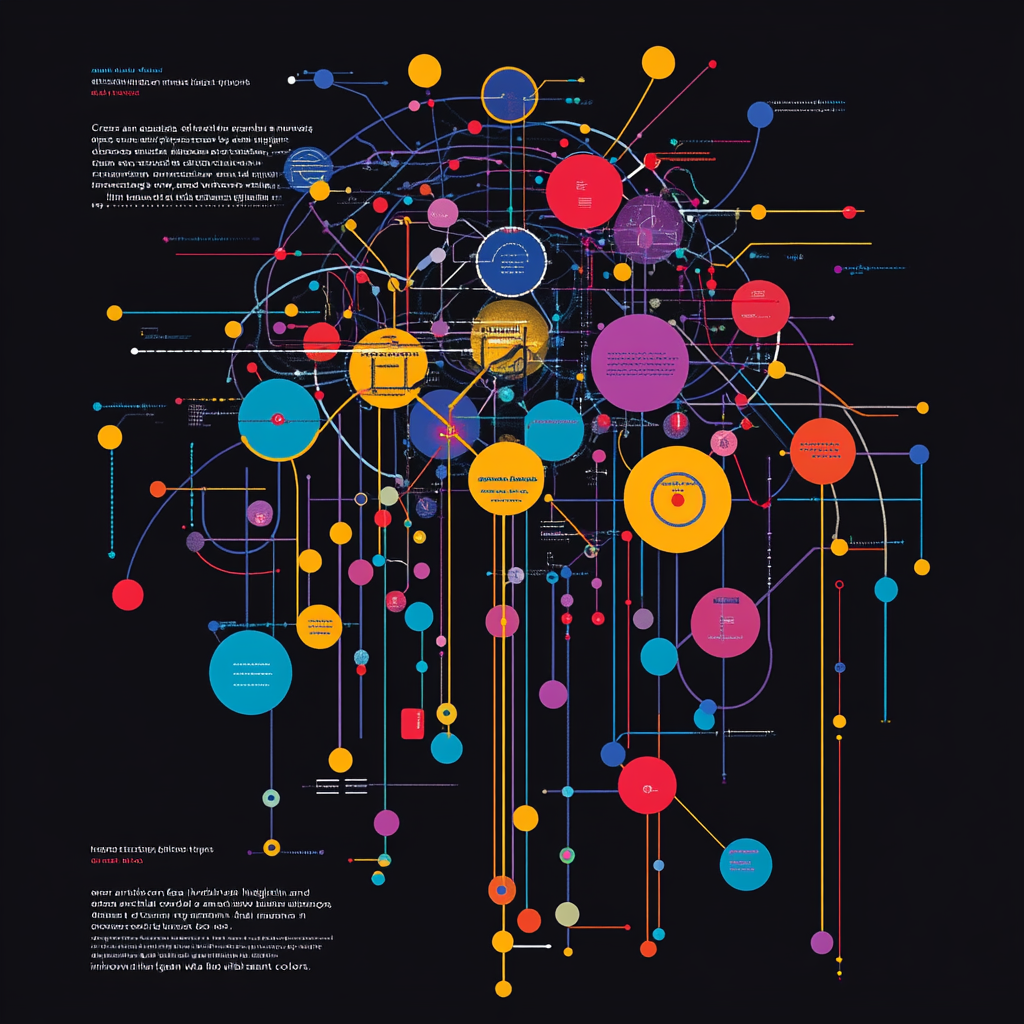
Blue Origin Plans Lunar Gravity Simulation on New Shepard Launch
The Art of Neural Networks
Now, if you want to dive headfirst into the astounding world of neural networks, you need to do a few things: a) understand what they are and b) learn how to harness their potential without drowning in a sea of jargon.
Let’s get real – neural networks are basically the wild children of artificial intelligence (AI). They mimic how our brains work. Yes, you heard that right! They take inspiration from the squishy, gooey mass inside your head, but don't let that scare you off. Just like you can't microwave a sandwich and expect a gourmet meal, you can’t throw a bunch of data in a neural network and expect it to be a genius overnight. It needs nurturing, care, and the right environment, which often translates to a hefty dose of data, computing power, and patience.
First things first, you can't just slap a neural network onto any problem and call it a day. You need to find the right architecture. Are you looking at convolutional neural networks (CNNs) for image processing? Or perhaps recurrent neural networks (RNNs) for time series data? Each type has its quirks. Think of architecture like choosing the right tool from a toolbox—use a hammer to drive nails, not to slice bread. Wrong tool, wrong results.
Next, let’s talk data, the lifeblood of these networks. Quality over quantity, folks! Garbage in, garbage out is especially true here. No one wants to train a neural network on half-baked, skewed, or incomplete data and then wonder why it behaves like a toddler on a sugar rush. Finding the best data is like hunting for truffles; you have to dig deep and maybe even get your hands dirty. The more representative and clear your data is, the better your neural network will perform.
Now, there’s hyperparameter tuning. Ah, the agony and ecstasy of the machine learning life! You're basically going through a teenage growth spurt with your model, trying on different combinations of parameters to find the one that fits just right. It’s like adjusting the temperature on your oven while baking a soufflé – get it wrong, and it collapses into a sad, deflated heap.
Let’s not forget about training times, which can vary significantly. If you’re lucky enough to have access to fancy GPUs, you might shave hours or days off your training time. But if you’re stuck with a mediocre laptop? Well, pull up a chair and prepare for Netflix on the side while your model grinds away at the problem like a stubborn mule.
Also, a cautionary note about overfitting. It's easy to get carried away when you have a powerful neural network at your fingertips. A perfectly trained model in a vacuum often fails miserably in the real world. Regularization techniques and validation are your friends here. Keep your model grounded – it needs to face the harsh realities of unseen data outside your training set, like a child learning to ride a bike without training wheels for the first time.
Then, there’s the excitement (and horror) of deployment. You’ve trained your neural network, and it’s put it on a shiny pedestal, showing off its capabilities. But wait! Isn’t that the part where things go awry? It'll need maintenance, updates, and constant learning. If you leave your model unattended in production, it’s the equivalent of letting a toddler run loose in a candy store—it’ll start getting into things and making a mess.
But here’s the kicker: neural networks are revolutionizing industries. From diagnosing medical issues to recognizing your cat in a selfie, their applications are as diverse as they are exciting. You can’t walk down the street without brushing shoulders with some piece of technology that's been touched by neural networks. They’re sneaky like that, hiding in the background while transforming how businesses operate.
It's also worth mentioning the ethical implications. Just because you can train a neural network doesn't mean you should tackle every problem. There are colossal ethical responsibilities tied to data privacy, consent, and bias that one cannot ignore. A model trained on biased data learns that bias and can perpetuate it, which isn’t so great for society. If we’re serious about pushing the envelope of technology, we need to also push for responsible practices.
Now how about you get those gears turning? If your interest has been piqued and you’re itching to learn more about the wonders and travails of neural networks, buckle up for a journey! You don’t have to be a tech whiz to join in. As the world increasingly embraces automation and neural networks, every enthusiast, coder, and curious mind can find a place in this rapidly evolving landscape.
Want to stay up to date with the latest news on neural networks and automation? Subscribe to our Telegram channel: @channel_neirotoken.

